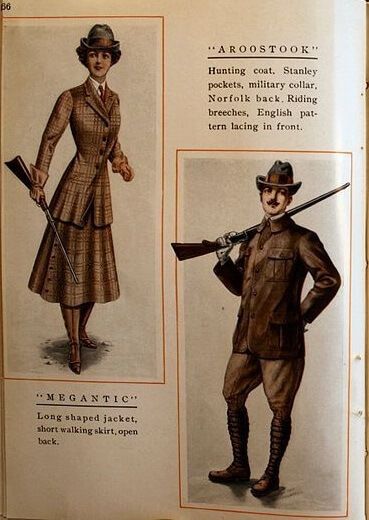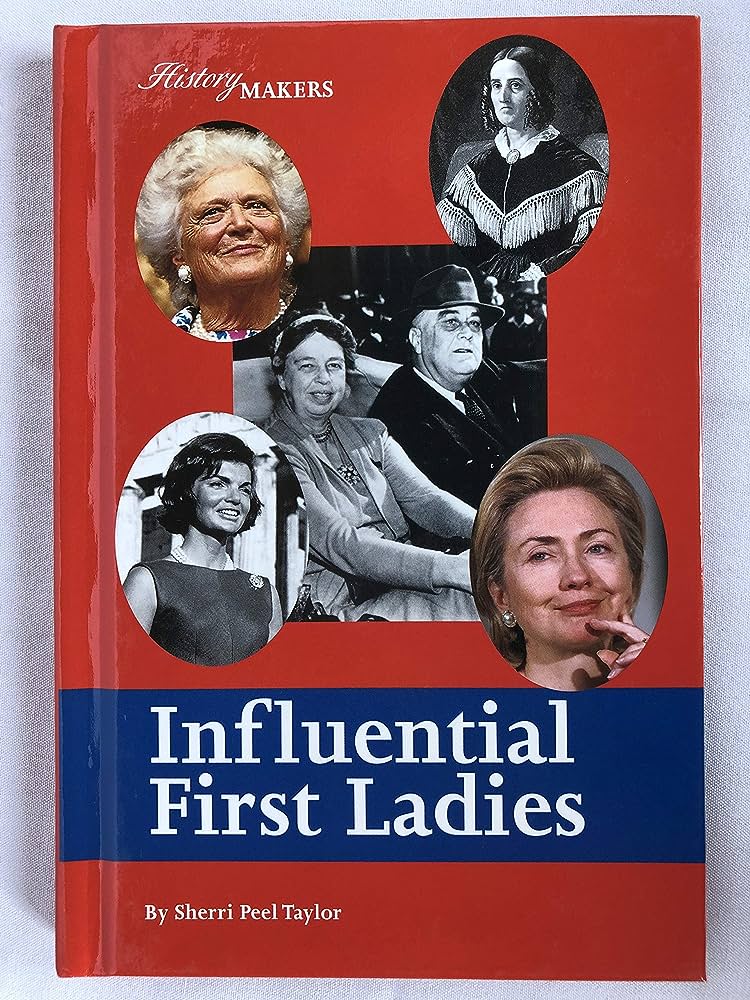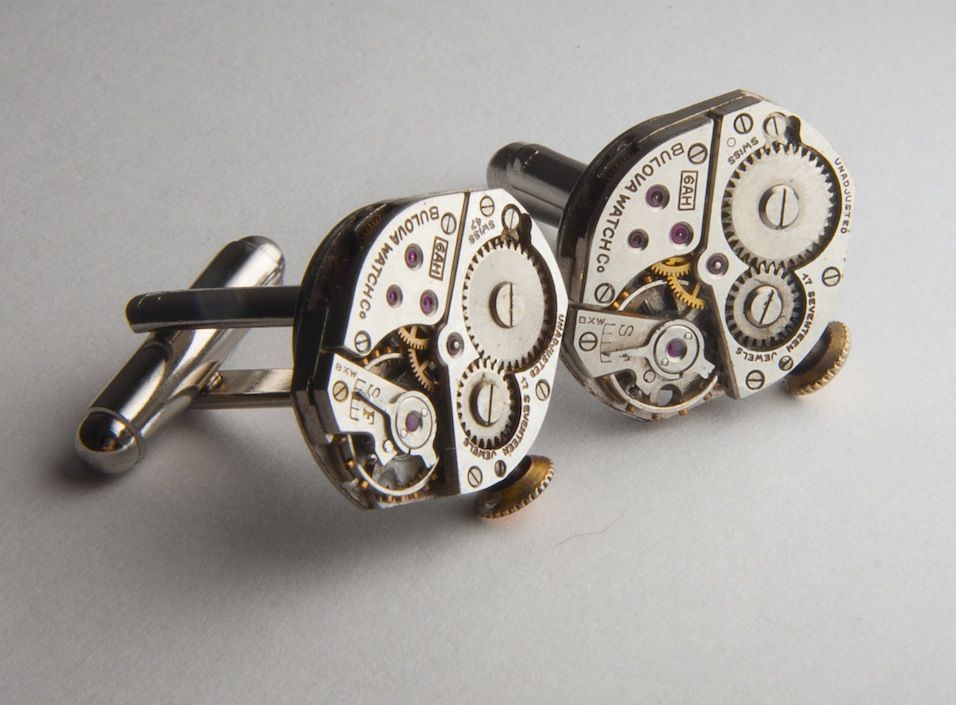Welcome to my blog, 19th Century! In this article, we will dive into the fascinating world of 19th century farmer clothing. Discover the stylish and practical attire that defined the farmers’ fashion during this era, reflecting their hard work and connection to the land. Join me on this journey back in time!
Exploring the Fashion Evolution: A Dive into 19th Century Farmer Clothing
Exploring the Fashion Evolution: A Dive into 19th Century Farmer Clothing
The 19th century was a period of significant change and transformation, not only in terms of politics and technology but also in fashion. While much attention is often given to high society clothing during this era, it is crucial to also explore the garments worn by farmers and laborers.
Farmers in the 19th century played a crucial role in sustaining the agricultural needs of society. Their clothing reflected their daily tasks and the demands of their work. Functionality and durability were key aspects of their attire.
One of the most distinctive elements of farmer clothing during this time was the use of natural materials such as cotton, wool, and leather. These materials provided warmth, protection, and breathability, making them ideal for long hours spent working in fields.
Overalls became a staple garment for farmers during the 19th century. These one-piece garments, typically made of heavy-duty cotton or denim, offered practicality and ease of movement. Overalls featured multiple pockets for tools and small items, allowing farmers to keep essentials within reach.
Shirts worn by farmers were usually made of sturdy cotton or flannel. They were designed to be comfortable and provide ample room for movement. Long sleeves protected against the elements, while collars could be buttoned up for added warmth and protection.
Pants worn by farmers were often made of durable cotton or denim, similar to overalls. They were typically loose-fitting and allowed freedom of movement. The legs were wide enough to accommodate heavy boots or work shoes.
Headwear was an essential part of a farmer’s outfit, protecting them from the sun, rain, and dust. Wide-brimmed hats made of straw or felt were commonly worn, providing shade and ventilation. Bandanas were also popular, serving both practical and fashionable purposes.
Footwear for farmers consisted of sturdy boots or shoes made of leather. These provided protection against uneven terrain, sharp objects, and mud. The thick soles offered comfort and support during long hours of work.
It is important to note that while functionality was a priority, farmers also expressed their individuality through small embellishments or personal touches on their clothing. Dyeing fabrics using natural materials or adding simple embroidery were ways in which they added their personal flair to their attire.
Farmer clothing in the 19th century reflected the practical needs and demands of their work. Garments such as overalls, sturdy shirts, durable pants, headwear, and footwear were all designed to provide protection, comfort, and functionality. Despite the focus on utility, farmers still managed to infuse their outfits with a touch of personal style.
The Rothschilds: The Richest Family In The World
How The Victorians Created Modern Christmas | Victorian Christmas Farm Full Series | All Out History
What was the attire of 19th century farmers?
In the 19th century, the attire of farmers varied depending on their region and social class. In general, farmers wore practical and durable clothing suitable for their physical labor.
For men, the typical attire often included a simple cotton or linen shirt paired with trousers made of sturdy fabric such as denim or wool. They would also wear waistcoats for added warmth and protection, especially during colder seasons. Additionally, woolen socks and leather boots were commonly worn to withstand long hours of work in the fields.
Women’s clothing during this time centered around long dresses made of plain or patterned fabric. These dresses were often accompanied by aprons to protect them from dirt and stains while performing household chores. Women would also wear bonnets or sunhats to shield their faces from the sun.
Regardless of gender, most farmers wore wide-brimmed hats to shield themselves from the harsh weather conditions and provide shade during long hours of work in the fields.
It is important to note that the specific attire of farmers during the 19th century varied across different countries, regions, and social classes. The clothing described here represents a general overview of the attire worn by farmers during this time.
What was the typical attire for farmers during the late 1800s?
During the late 1800s, the typical attire for farmers in the 19th century varied depending on the region and climate.
In general, farmers wore practical and durable clothing to withstand the demands of their physical work. For men, this often included heavy, long-sleeved shirts made of materials such as cotton or flannel. They would pair these shirts with overalls or trousers, which were often made of denim or canvas fabric. To protect their feet, farmers would wear sturdy leather boots or shoes.
Women’s attire in farming communities also emphasized practicality and durability. They typically wore long skirts, often made of cotton or wool, paired with blouses or long-sleeved shirts. Like men, women would also wear sturdy boots or shoes to protect their feet and provide support while working.
Additionally, both men and women would wear aprons to protect their clothing from dirt, stains, and wear and tear. These aprons were usually made of heavy fabrics such as canvas or denim and featured pockets for holding tools or other essentials.
The attire of farmers in the late 1800s reflected the practical nature of their work and the need for clothing that could withstand the demands of labor-intensive farming activities.
What kind of clothing did farmers typically wear?
Farmers in the 19th century typically wore practical clothing suitable for their work in the fields. The style and materials of their clothing varied based on the region and climate, but there were some common elements.
For men, a typical farm outfit consisted of a simple shirt, usually made of cotton or linen, and a pair of trousers, often made of durable materials like denim or canvas. They would also wear a wide-brimmed hat to protect themselves from the sun and a vest or jacket for additional warmth during colder months. Leather boots were commonly worn to provide comfort and durability while working.
Women’s farm clothing was also practical and designed for hard work. They would typically wear a long-sleeved blouse or dress, often made of cotton or wool, along with a full skirt that allowed freedom of movement. To protect their heads and faces from the sun, women would wear a broad-brimmed bonnet or a simple straw hat. They would complete their outfits with sturdy leather shoes or boots.
Overall, the clothing worn by farmers in the 19th century prioritized durability, comfort, and functionality to withstand the demands of their labor-intensive work in the fields.
What is the appropriate attire for impersonating a farmer?
In the context of the 19th century, impersonating a farmer would require specific attire to accurately represent the era. The appropriate attire for impersonating a farmer in the 19th century would typically include the following elements:
– A wide-brimmed straw hat or a cloth cap
– A long-sleeved shirt made of cotton or flannel, preferably checkered or plaid patterns
– Overalls or trousers made of denim or heavy canvas material, tucked into boots or worn with suspenders
– A vest or waistcoat made of wool or tweed
– Leather work boots or shoes
– Optional accessories could include leather gloves, a bandana around the neck, and a simple belt
It is important to note that the actual attire may vary depending on the region and the specific time period within the 19th century. Researching the clothing styles of farmers in the particular era and location you are interested in impersonating will provide more accurate and detailed information.
Frequently Asked Questions
What were the typical clothing items worn by farmers in the 19th century?
In the 19th century, farmers typically wore practical and durable clothing suited for their work in agricultural fields.
Men often wore loose-fitting trousers made of sturdy fabrics such as canvas or denim. These pants were usually held up with suspenders or a simple belt. Their shirts were typically made from cotton or linen, providing comfort and breathability during long and laborious hours. Farmers would often wear button-down shirts with long sleeves to protect their arms from sunburn or scratches. For additional warmth, they might layer a waistcoat or vest over their shirt. In colder weather, a heavy wool coat or jacket would be worn.
Footwear for farmers consisted of sturdy work boots or shoes made of leather, providing protection and support during their tasks. These boots or shoes were often reinforced with metal toes or shanks to prevent injuries from heavy equipment or livestock.
Women’s farm clothing was typically composed of durable dresses or skirts made from cotton or wool. These garments were designed to withstand outdoor conditions and allow for ease of movement. Aprons were commonly worn to protect their clothing from dirt and stains while working. Women also wore sturdy leather boots or shoes, similar to those worn by men, to navigate the farm terrain effectively.
Both men and women would often accessorize with wide-brimmed hats to shield themselves from the sun’s rays. These hats not only provided protection but also helped keep the farmers cool during hot summer days.
Overall, the clothing worn by farmers in the 19th century prioritized functionality, durability, and practicality to cater to the demands of their agricultural work.
How did the clothing of 19th century farmers differ from that of urban individuals?
In the 19th century, the clothing of farmers differed significantly from that of urban individuals.
Farmers, who spent most of their time working outdoors, wore practical and durable clothing that suited their labor-intensive tasks. Men typically wore trousers made of sturdy fabric such as denim or corduroy, along with long-sleeved shirts and vests. They also often wore wide-brimmed hats, which provided protection from the sun. Women, on the other hand, would wear cotton or linen dresses that were both comfortable and easy to move in.
In contrast, urban individuals, especially those from upper classes, had more elaborate and fashionable clothing. Men wore tailored suits, with coats, vests, and trousers, often made from luxurious materials like silk or wool. They would also wear high-collared shirts and top hats. Women’s fashion in urban areas was characterized by elegant and intricate dresses made of silk or satin, often adorned with lace, ribbons, and ruffles.
The differences in clothing reflected the contrasting lifestyles and social positions of farmers and urban individuals during the 19th century. Farmers needed practical attire that could withstand the demands of their labor-intensive work, while urban dwellers used clothing as a means to showcase their wealth and status.
Did 19th century farmers make their own clothing or did they purchase it from local merchants?
During the 19th century, farmers often made their own clothing rather than purchasing it from local merchants. This was primarily due to the fact that it was more cost-effective and practical for them to produce their own textiles and garments. Most farmers would raise sheep for wool, which they would shear, clean, card, and spin into yarn. They would then dye the yarn using natural dyes made from plants or insects.
Once the yarn was ready, the farmers or their family members would use a loom to weave the fabric. This fabric would then be cut and sewn into clothing items such as shirts, dresses, and trousers. The sewing was typically done by the women of the household, who possessed the necessary skills and knowledge.
However, it’s important to note that not all farmers had the resources or time to produce their own clothing. In such cases, they would rely on local merchants for purchasing ready-made garments. These merchants would often travel through rural areas, selling cloth and clothing items to farmers who were unable to make their own.
While some 19th-century farmers made their own clothing, others relied on local merchants for their textile needs.
The clothing worn by 19th century farmers played a crucial role in their daily lives. Not only did it provide protection against the elements and the demanding physical labor, but it also reflected the social and economic status of the individuals. From sturdy woolen jackets and overalls to wide-brimmed hats and leather boots, each garment served a specific purpose and spoke volumes about the wearer’s occupation.
The clothing choices of 19th century farmers were influenced by various factors, such as climate, regional variations, and availability of materials. While cotton and linen were commonly used for shirts and undergarments, homespun wool was the fabric of choice for outerwear due to its durability and warmth. Paired with heavy-duty denim or canvas trousers, these outfits provided functionality and practicality.
Another important aspect of 19th century farmer clothing was its symbolic significance. The attire not only identified individuals as members of the agricultural community but also indicated their social status. Wealthier farmers often wore finer fabrics and embellishments, showcasing their prosperity, while those with fewer resources made do with simpler garments. This distinction was particularly noticeable during social gatherings and church events.
The evolution of 19th century farmer clothing can be attributed to changing fashion trends, technological advancements, and societal shifts. As industrialization progressed, ready-made clothing became more accessible, allowing farmers to incorporate new styles and materials into their wardrobes. However, traditional elements of their attire remained, serving as a reminder of their heritage and keeping alive the traditions of their ancestors.
In retrospect, examining the clothing of 19th century farmers offers valuable insights into the lives and values of these hardworking individuals. It reminds us of their resilience, resourcefulness, and strong connection to the land. The clothing choices of these individuals were not merely functional; they were a reflection of their identity, culture, and place in society. Understanding and appreciating the significance of 19th century farmer clothing allows us to honor their contributions and preserve their stories for future generations.






